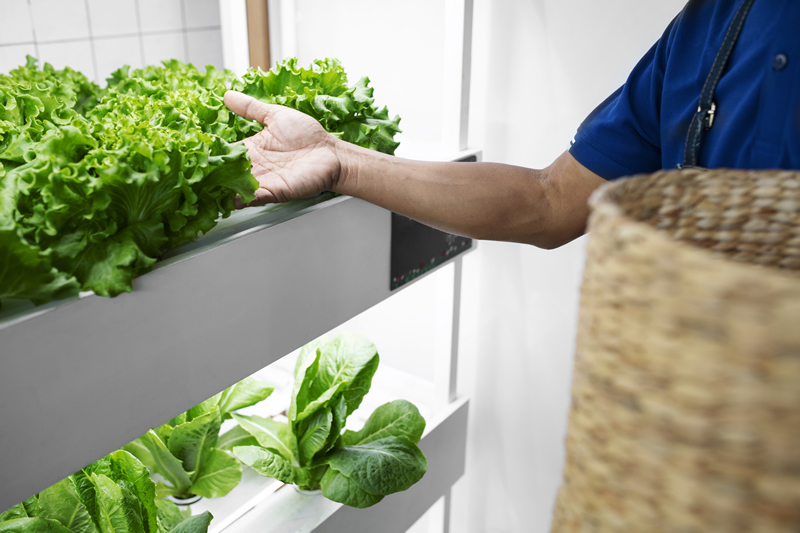Understanding pH Levels and Nutrient Solutions in Aeroponic Systems
Introduction to pH
Aeroponics is an innovative and efficient method of growing plants without soil, where the roots are suspended in air and receive a nutrient-rich mist. Maintaining the correct pH levels and nutrient solutions is crucial for the success of aeroponic systems. In this blog post, we will delve into the importance of pH in aeroponics and how to manage nutrient solutions effectively for optimal plant growth.
pH Levels in Aeroponic Systems
pH, or potential hydrogen, is a measure of the acidity or alkalinity of a solution. In the context of aeroponics, pH plays a vital role in the availability and uptake of essential nutrients by plant roots. The pH scale ranges from 0 to 14, with 7 being neutral. Below 7 is considered acidic, and above 7 is alkaline.
Why pH Matters
Nutrient Availability: Different nutrients have varying levels of solubility at different pH levels. By adjusting the pH to the optimal range for the specific nutrient solution, you ensure that plants can access the essential elements they need for growth.
Nutrient Uptake: Plant roots can only absorb nutrients when they are present in a certain pH range. Deviations from this range can result in nutrient lockout, where plants cannot access the nutrients even if they are in the solution.
Microbial Balance: pH levels can also affect the microbial balance in the root zone. Beneficial microorganisms that promote nutrient uptake thrive in a specific pH range. Maintaining the right pH can support a healthy root environment.
Managing pH in Aeroponic Systems
To maintain the ideal pH level in your aeroponic system, follow these steps:
pH Monitoring: Regularly monitor the pH level using a pH meter. The ideal range for aeroponics is typically between 5.5 and 6.5, but this can vary depending on the specific plants you’re growing.
pH Adjustment: To raise pH, you can add pH-up solutions like potassium hydroxide (KOH). To lower pH, you can use pH-down solutions like phosphoric acid (H3PO4). Gradually adjust the pH and retest until you reach the desired level.
Consistency: Keep pH fluctuations to a minimum by adjusting the nutrient solution before each application to the plants. This will help avoid sudden pH swings that can stress the plants.
Nutrient Solutions in Aeroponics
Nutrient solutions are the lifeblood of your aeroponic system. These solutions provide plants with the essential elements they need to grow and thrive. Here’s how you can effectively manage nutrient solutions:
Selecting the Right Nutrients: Choose a high-quality hydroponic nutrient solution formulated for aeroponics. These solutions are specifically designed to provide all the necessary macronutrients (nitrogen, phosphorus, potassium) and micronutrients (iron, copper, zinc) that plants require.
Dilution and Mixing: Follow the manufacturer’s instructions to dilute and mix the nutrient solution properly. Always use fresh, clean water to create the solution. Dechlorinated water is preferable, as chlorine can be harmful to beneficial microbes in the root zone.
Monitoring EC/TDS: Measure the Electrical Conductivity (EC) or Total Dissolved Solids (TDS) of your nutrient solution regularly. These measurements indicate the concentration of nutrients. Adjust nutrient strength based on plant growth stage and environmental conditions.
Replacement: Depending on the growth stage and evaporation rates, the nutrient solution may need to be replaced periodically. Typically, a full replacement is required every 1-2 weeks, but this can vary.
Conclusion
Understanding and managing pH levels and nutrient solutions in aeroponic systems are critical to achieving healthy plant growth and maximizing yields. By maintaining the proper pH range, monitoring nutrient solutions, and providing your plants with the right mix of nutrients, you can harness the benefits of aeroponics and grow plants with efficiency and precision. With the right knowledge and attention to detail, aeroponics can be a highly productive and sustainable way to cultivate a wide variety of crops.
Quick link guide to highly useful and popular products:

